Table of Contents
The Rwandan flag, also known as the flag of Rwanda, holds a significant place in the nation’s history and culture. With its vibrant colors and meaningful symbolism, it represents the Rwandan identity and heritage. In this article, we will delve into the intriguing aspects of the Rwanda flag, its design, historical background, and the symbolism behind its elements.
The Rwanda flag features three horizontal stripes of sky blue, yellow, and green with a yellow sun in the top right corner. The sky blue represents peace and happiness, yellow symbolizes economic development, and green stands for the prosperity of the land. The sun symbolizes enlightenment and transparency.
Rwanda Flag: Colors and Symbolism
The flag of Rwanda features three horizontal stripes of sky blue, yellow, and green with a yellow sun in the top right corner.
- The sky blue symbolizes peace, serenity, and the aspirations of the Rwandan people.
- The yellow color represents economic growth, wealth, and the potential of Rwanda.
- The green color stands for prosperity, nature, and the lush landscapes of Rwanda.
- The sun symbolizes enlightenment, transparency, and a brighter future for the nation.
- The flag’s design reflects the nation’s aspirations, cultural heritage, and unity among the Rwandan people.
Flag of Rwanda

The flag stands as a powerful symbol that encapsulates the cultural significance and spirit of the nation. Its design consists of three horizontal bands: blue, yellow, and green. The blue symbolizes peace and happiness, the yellow represents the country’s economic development, and the green denotes the hope of prosperity and the country’s natural resources.
The history of the flag is intertwined with Rwanda’s rich heritage and commitment to unity, reconciliation, and the nation’s future. Adopted on December 31, 2001, the flag represents the resilience and aspirations of the Rwandan people.
Beyond its aesthetics, the flag from Rwanda carries deep symbolic meanings. The colors reflect the values and aspirations of the Rwandan people, symbolizing peace, economic progress, and hope. It embodies Rwanda’s commitment to a brighter future and serves as a reminder of the nation’s unity and resilience.
National Flag Etiquette and Protocol
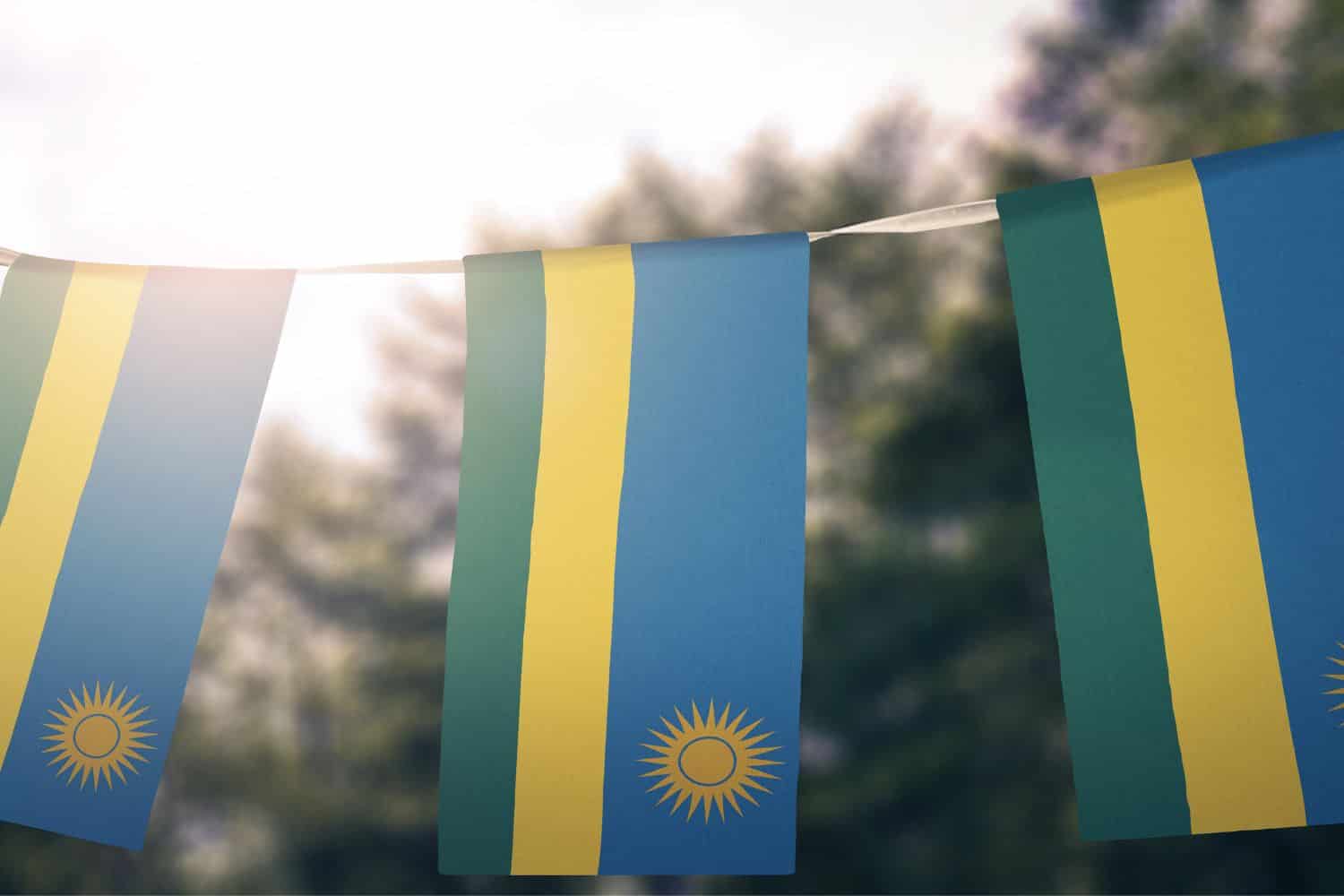
Respecting the proper usage and display of the Rwandan flag is of utmost importance. Understanding flag etiquette is essential, especially during national events and ceremonies. Learn about the protocols governing the handling, hoisting, and lowering of the flag. Discover the appropriate procedures for retiring or handling damaged flags, ensuring they are accorded the respect they deserve.
- Proper Handling: The Rwandan flag should be handled with care and respect, ensuring it is not allowed to touch the ground or floor. It should be held upright and not dragged.
- Hoisting and Lowering: When hoisting the flag, it should be raised briskly and lowered ceremoniously. It is customary to hoist the flag at sunrise and lower it at sunset, although this may vary depending on the occasion or specific guidelines.
- Displaying the Flag: The Rwandan flag should be displayed with the blue band at the top, followed by the yellow, and then the green. It should be flown freely and not entangled or obstructed.
- Half-Staff: Lowering the flag to half-staff is a gesture of mourning or respect. This should be done on specific days of remembrance or when directed by authorities to honor national tragedies or the passing of significant figures.
- Flag Retirement: When a Rwandan flag becomes damaged, torn, or worn out, it should be retired in a dignified manner. This can involve burning it in a respectful and solemn ceremony, following appropriate guidelines and local regulations.
- Flag Size and Placement: The size of the Rwandan flag displayed should be proportionate to the size of the flagpole or display area. It is recommended to consult local guidelines or authorities for specific rules regarding flag size and placement.
- Respectful Disposal: If a flag cannot be retired through burning, it should be disposed of in a respectful manner. This can involve burying it or handing it over to authorized organizations that specialize in flag disposal.
Interesting Facts and Trivia
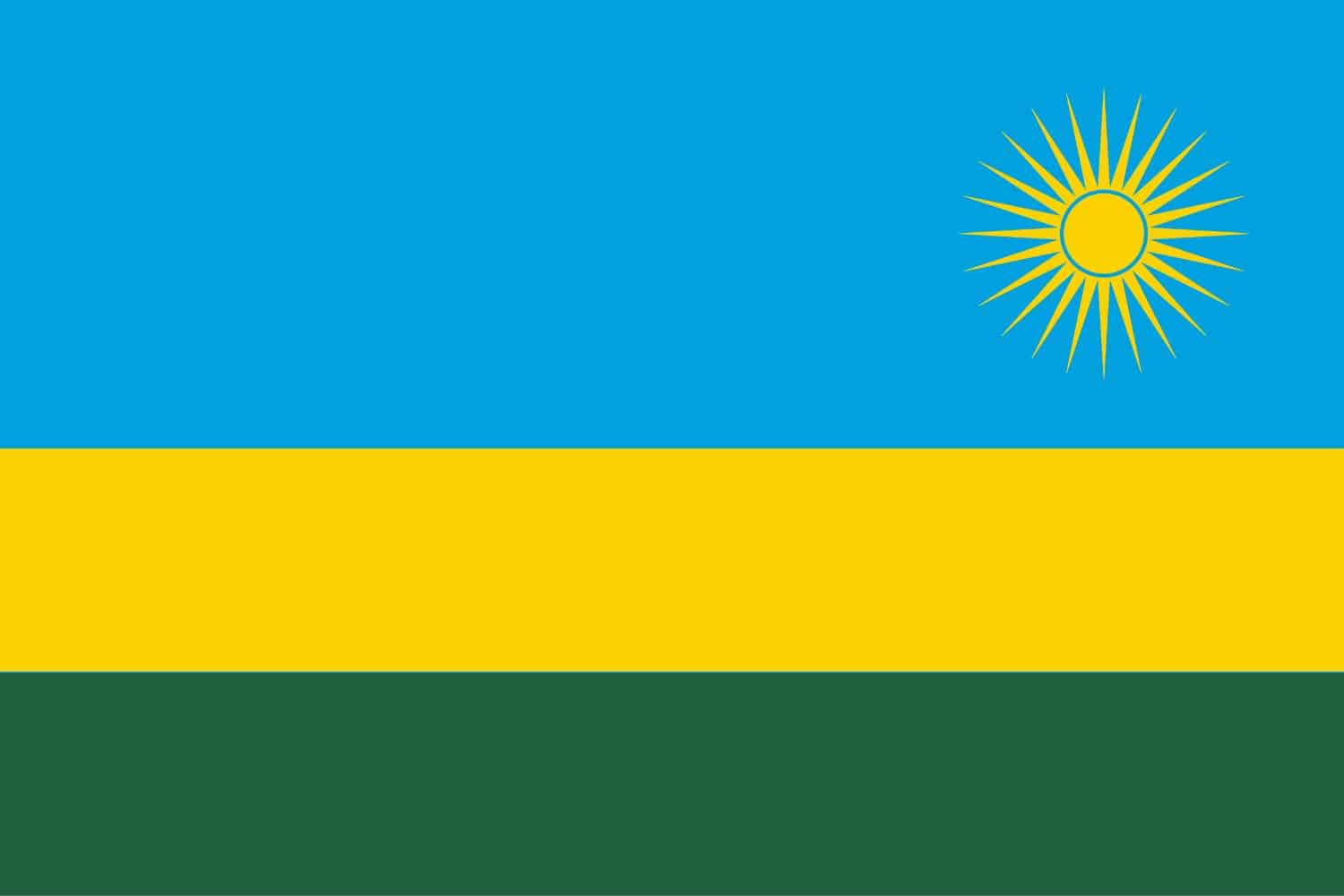
Embark on a journey of fascinating facts and lesser-known trivia about the Rwandan flag. Discover unique features within the flag’s design that hold hidden symbolism. Uncover stories of famous incidents or events involving the flag that have left an indelible mark on the nation’s history and identity.
Rich Tapestry of History
- 2001: The current flag of Rwanda was adopted on October 25, symbolizing the unity and aspirations of the Rwandan people.
- Colors and Symbolism: The blue stripe represents peace and happiness, the yellow symbolizes economic development, and the green stands for the prosperity of the country. Together, they reflect the country’s hope for peace and a brighter future after the tumultuous past.
- Sun: The golden sun with 24 rays at the upper right corner of the flag symbolizes enlightenment and transparency, heralding a new dawn for Rwanda after the dark days of its history.
- National Identity: The flag embodies Rwanda’s rich history, cultural heritage, and the nation’s ongoing pursuit of unity, prosperity, and renewal.
These historical facts highlight significant moments in the history of the Rwandan flag, showcasing its role in shaping Rwanda’s national identity and symbolizing its struggles and aspirations throughout the years.
Flag-Related Symbols and Emblems
A flag is not alone in representing the nation’s identity. Explore additional national symbols and emblems closely associated with Rwanda, understanding their significance and how they relate to the flag. Delve into their historical and cultural roots, further enriching your understanding of Rwanda’s heritage. It’s easy to travel and make a Rwanda tour to visit the country’s best destinations.
Symbolisms of the Rwanda Flag
The flag of Rwanda holds several symbolic elements that represent the nation’s history, values, and aspirations. Here are the symbolisms of the Rwanda flag presented in itemized form:
- Red Color: Represents bravery, valor, and the sacrifices made by the Rwandan people throughout history.
- Green Color: Symbolizes hope, renewal, and the fertile landscapes of Rwanda.
- Five-Pointed Star: This represents an important emblem, holding historical and cultural significance in Rwandan tradition and symbolizing unity and tradition.
- Flag’s Design: Reflects Rwanda’s aspirations, cultural heritage, and unity among the Rwandan people.
- National Identity: The flag serves as a powerful symbol that unifies the Rwandan people, reminding them of their shared heritage and cultural identity.
- National Aspirations: Through its design and elements, the flag embodies the aspirations and values of the Rwandan nation, including bravery, hope, unity, and tradition.
These symbolisms in the flag contribute to the country’s sense of identity and pride, reflecting its historical journey and cultural significance.
Flags of Similar Countries or Regions
Examining the flags of neighboring countries or regions can provide intriguing insights. Compare and contrast the flags, exploring similarities in design, colors, or symbolism. Uncover historical and cultural connections between flags, shedding light on shared influences or distinctive identities.
Rwandan Flag vs Ugandan Flag
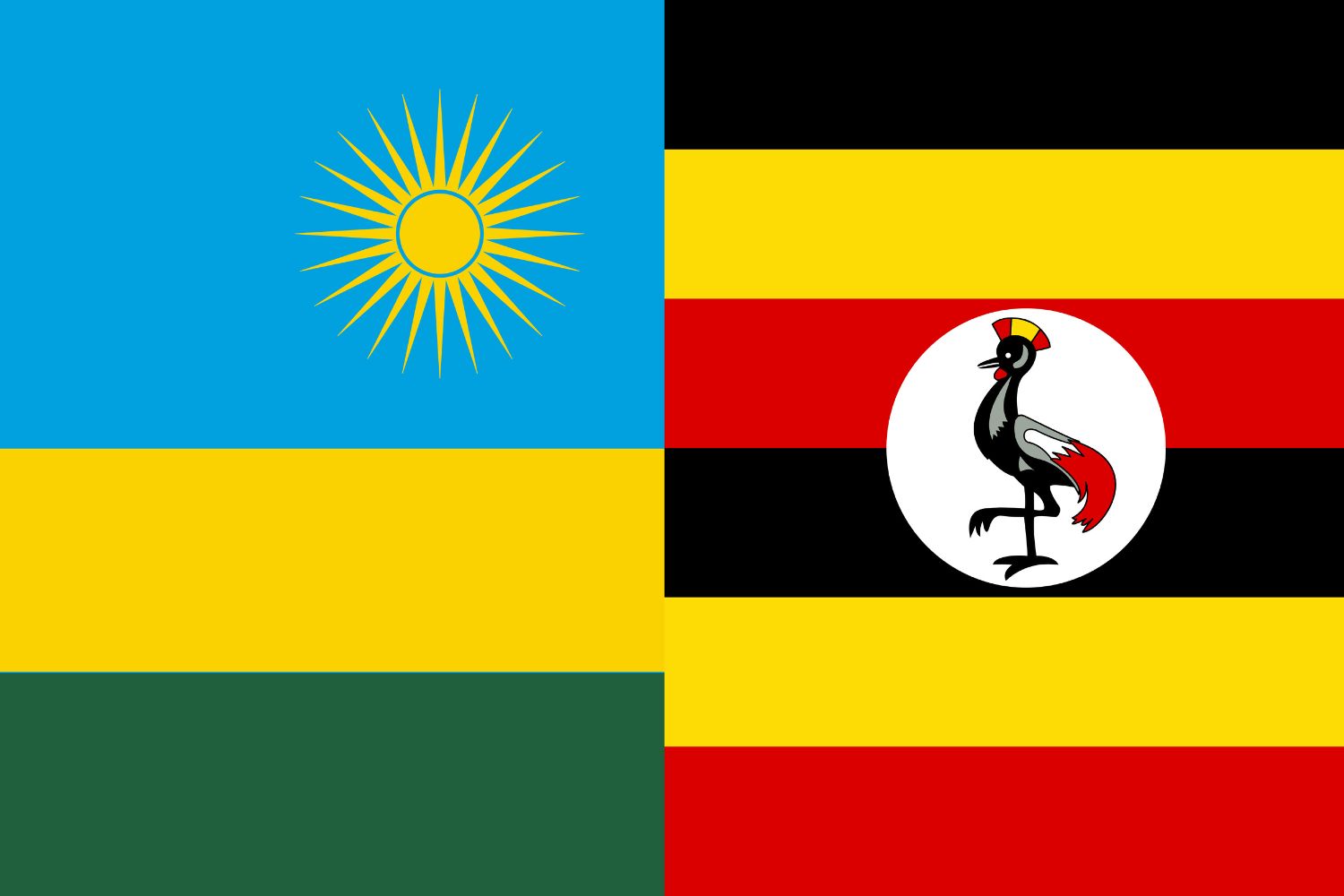
Similarity: Both flags feature a yellow stripe.
Difference: The Ugandan flag includes black and red horizontal stripes and a white circle with a grey-crowned crane bearing one leg.
Rwandan Flag vs Tanzanian Flag
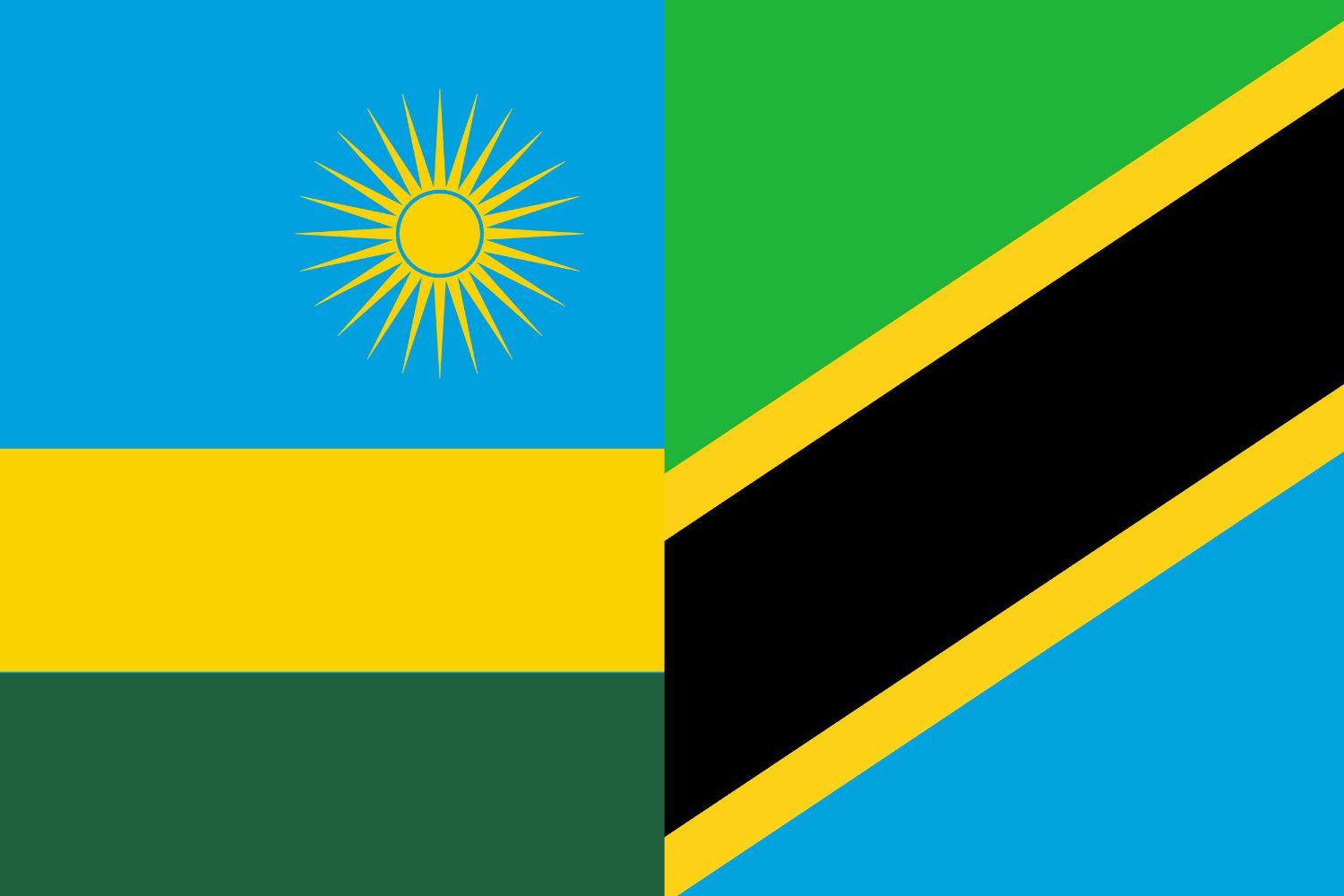
Similarity: Both flags have green, blue, and yellow colors.
Difference: The Tanzanian flag has a diagonal division with a black-yellow-blue sequence, whereas the Rwandan flag is vertically striped with green, yellow, and blue bands and a sun in the top right corner.
Rwandan Flag vs Burundian Flag
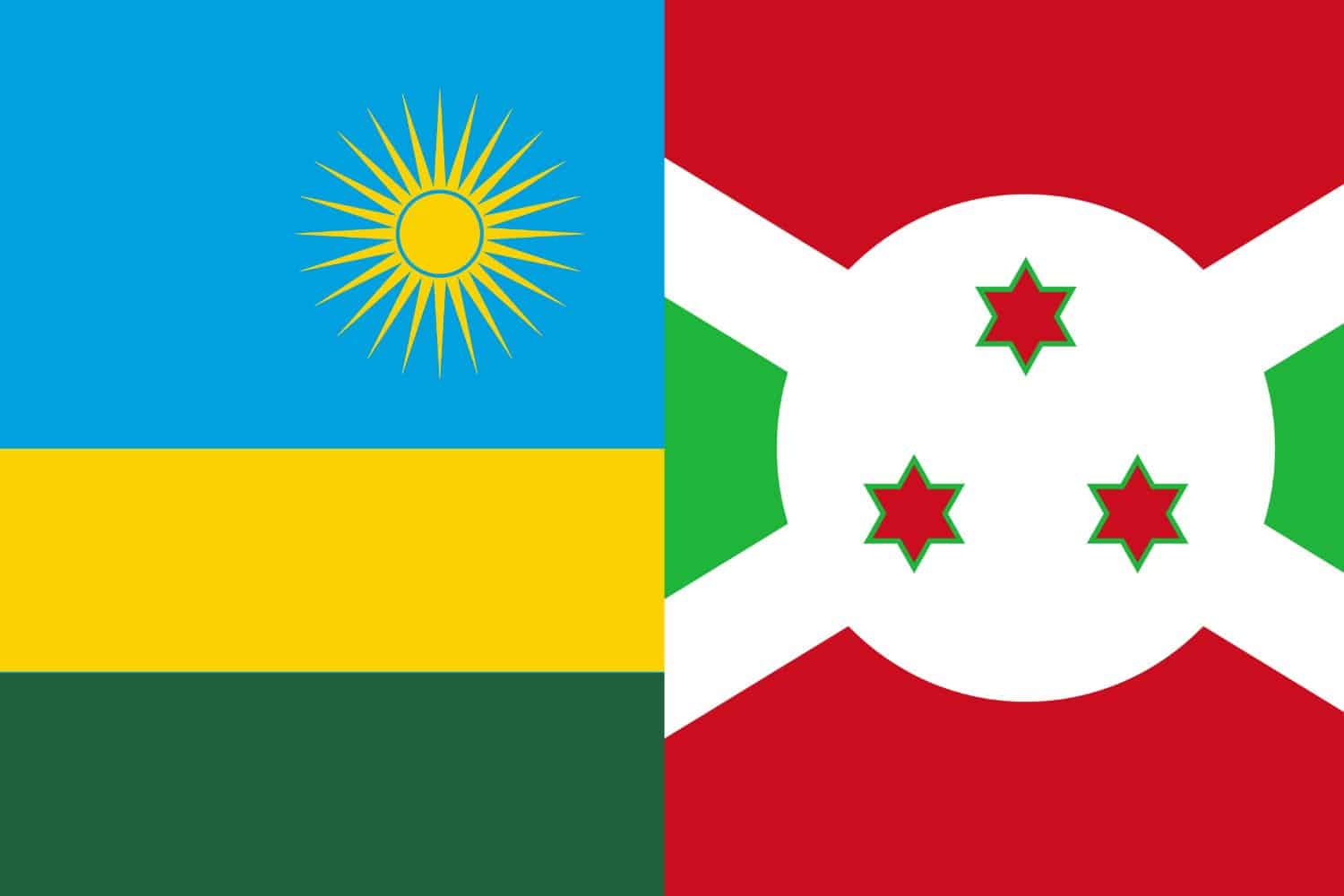
Similarity: Both flags incorporate the colors green, white, and red.
Difference: The Burundian flag has a white saltire dividing it into four parts with a white circle in the center containing three red stars, whereas the Rwandan flag has distinct horizontal stripes with a sun.
Rwandan Flag vs Democratic Republic of the Congo (DRC) Flag
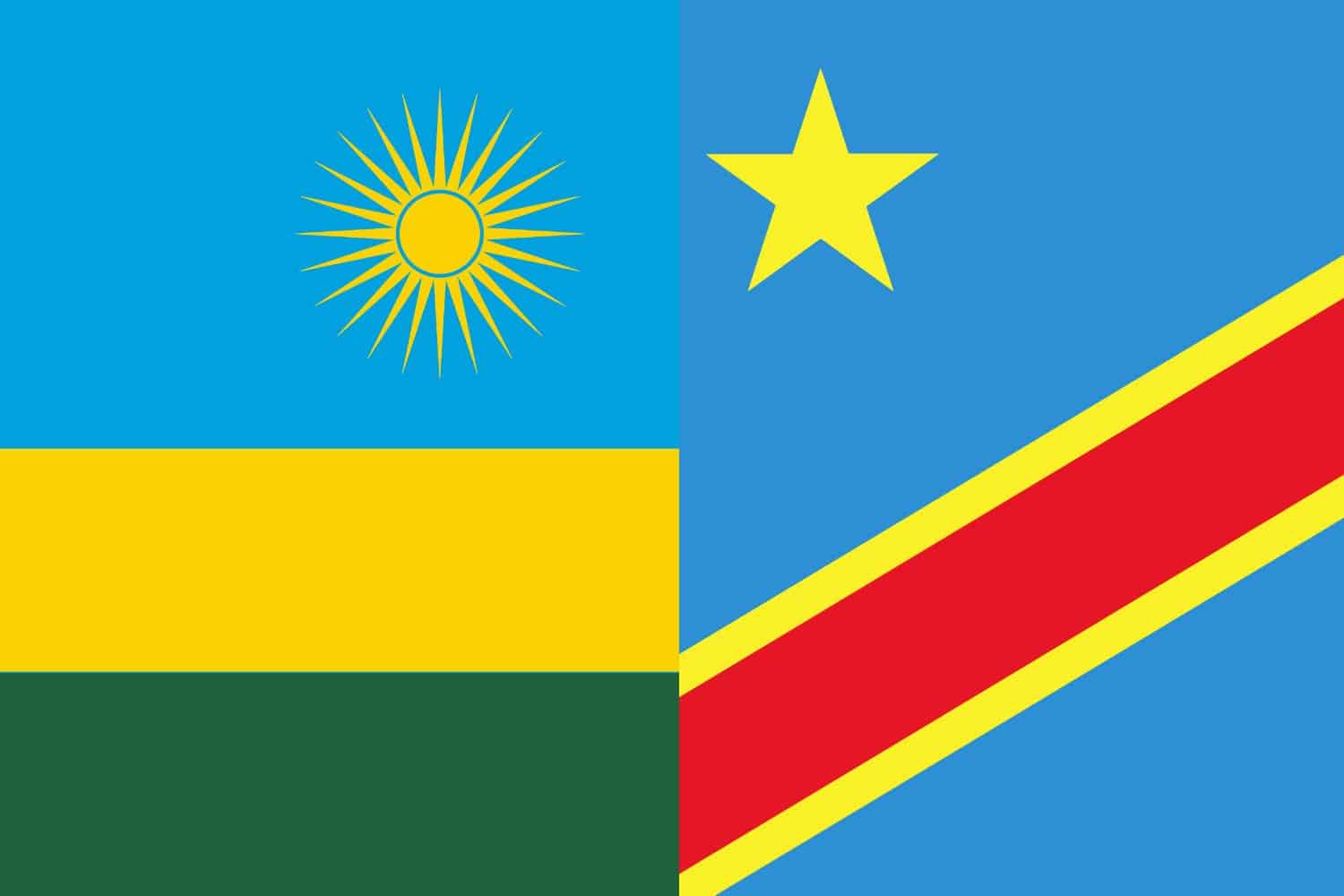
Similarity: Both flags feature the color blue.
Difference: The DRC flag has a large yellow star in the upper left hoist-side and a diagonal red stripe outlined in yellow, while the Rwandan flag is vertically striped.
Rwandan Flag vs Kenyan Flag
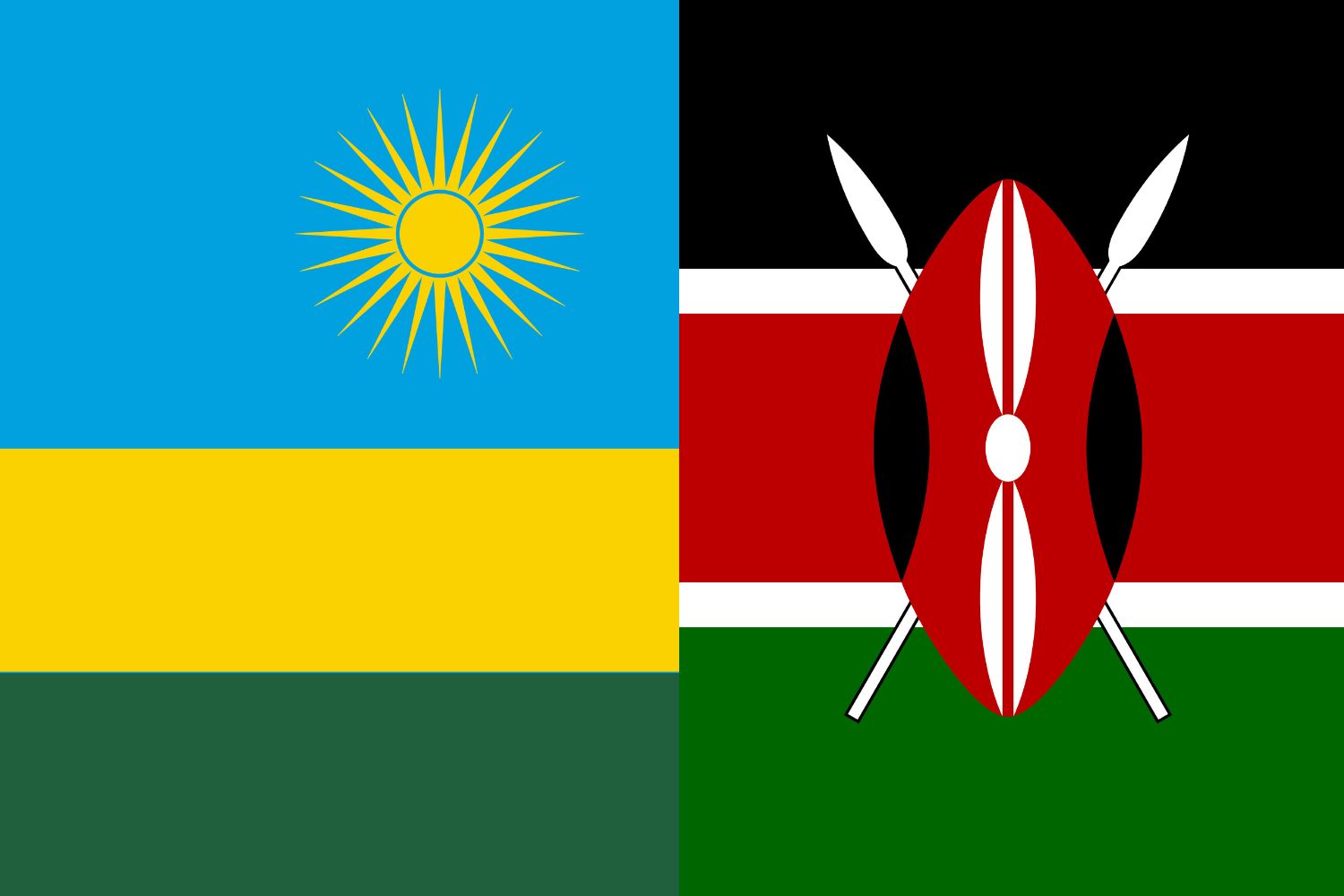
Similarity: Both flags have the colors green, white, and black.
Difference: The Kenya flag picture includes horizontal stripes with a red, white-edged black stripe in the center and a Maasai shield and two spears superimposed on the center stripe, while the Rwandan flag is vertically striped with a sun in the top right corner.
Frequently Asked Questions (FAQs)
Discover answers to common questions related to the Rwanda flag picture. From its historical origins to the symbolism behind its elements, find concise and informative responses that address inquiries commonly posed by those curious about Rwanda’s flag.
When was the current Rwandan flag adopted?
The current Rwandan flag was adopted on October 25, 2001.
Who designed the Rwandan flag?
The flag was designed by Alphonse Kirimobenecyo.
What do the colors of the Rwandan flag represent?
The blue represents happiness and peace; the yellow symbolizes economic development; and the green stands for the prosperity of the country.
What is the significance of the sun in the flag?
The sun with its golden rays represents the enlightenment, transparency, and unity of the Rwandan people.
How has the Rwandan flag changed over the years?
Before the current design, Rwanda had a flag that bore more resemblance to the Pan-African colors. It consisted of horizontal stripes of red, yellow, and green with a large black letter ‘R’ to distinguish it from Guinea’s flag.
How should the Rwandan flag be displayed on national holidays?
Like many national flags, it should be hoisted at full mast on national holidays and special commemorative days.
Has the Rwandan flag ever been a topic of controversy?
The flag change in 2001 was part of a broader effort to move away from associations with the 1994 genocide and to promote unity and reconciliation.
How does the Rwandan flag compare with its neighboring countries?
While some neighboring countries incorporate Pan-African colors, Rwanda’s current flag emphasizes national unity, peace, and prosperity.
What protocol is followed if the Rwandan flag is worn out or damaged?
Like many nations, a worn-out or damaged flag should be disposed of in a respectful manner, often through burning in a dignified ceremony.
Are there any specific rules for the manufacturing of the Rwandan flag?
Any reproductions of the Rwandan flag should accurately represent the official proportions and colors specified by the government.
More About Rwanda
[the-post-grid id=”50416″ title=”Rwanda Main page”]
